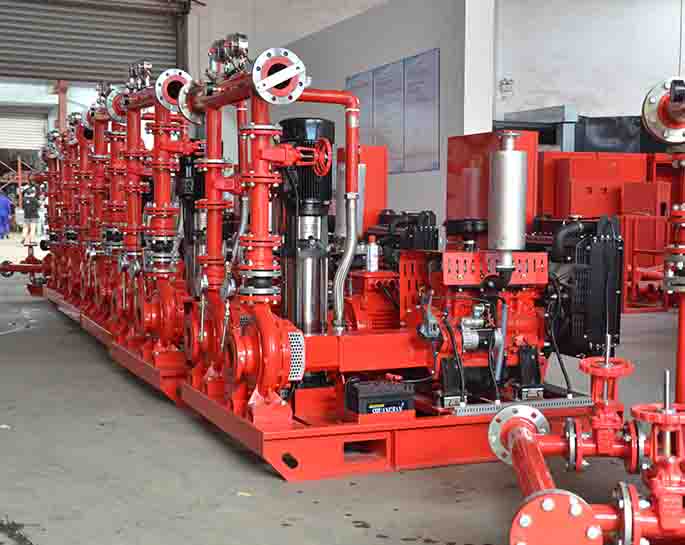Indoor Fire Hydrants and Outdoor Fire Hydrants, What's the Difference?
Apr 17, 2023
Share:
Fire hydrants are an essential part of fire safety. Both indoor and outdoor fire hydrants are important in helping to prevent and extinguish fires. But what is the difference between the two?
Outdoor fire hydrants are designed to be connected to an external water source, such as a municipal water main. These hydrants are installed in public spaces and are used by fire departments to quickly access large amounts of water for firefighting. Outdoor fire hydrants are usually red in color and have a large, easily identifiable handle.
In contrast, indoor fire hydrants are designed to be connected to a building's internal plumbing system. These are typically located within a building's walls and are used to provide an emergency water supply for firefighting. Indoor fire hydrants are usually made of brass and have a smaller, more discreet handle.
Both indoor and outdoor fire hydrants must be properly maintained in order to ensure that they are operational in the event of a fire. This includes regularly checking to ensure there is sufficient pressure, making sure the handles are in good working order, and ensuring that the water supply is adequate.
In conclusion, indoor and outdoor fire hydrants are both necessary for proper fire safety. While they may look similar, they serve different purposes and must be maintained differently. It is important to understand the differences between the two in order to ensure that your building is adequately protected from fire.

Outdoor fire hydrants are designed to be connected to an external water source, such as a municipal water main. These hydrants are installed in public spaces and are used by fire departments to quickly access large amounts of water for firefighting. Outdoor fire hydrants are usually red in color and have a large, easily identifiable handle.
In contrast, indoor fire hydrants are designed to be connected to a building's internal plumbing system. These are typically located within a building's walls and are used to provide an emergency water supply for firefighting. Indoor fire hydrants are usually made of brass and have a smaller, more discreet handle.
Both indoor and outdoor fire hydrants must be properly maintained in order to ensure that they are operational in the event of a fire. This includes regularly checking to ensure there is sufficient pressure, making sure the handles are in good working order, and ensuring that the water supply is adequate.
In conclusion, indoor and outdoor fire hydrants are both necessary for proper fire safety. While they may look similar, they serve different purposes and must be maintained differently. It is important to understand the differences between the two in order to ensure that your building is adequately protected from fire.







